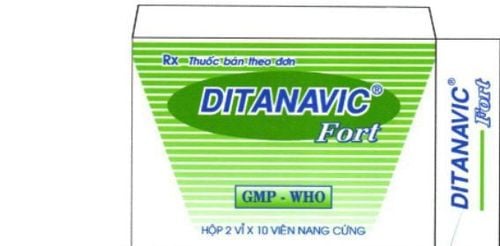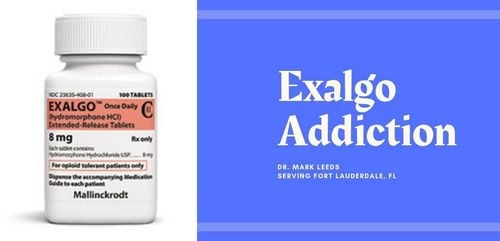This is an automatically translated article.
Nisitanol has the main active ingredient, Nefopam, produced in both forms: 20mg/2ml injection and 30mg film-coated tablets. Medications are often used to relieve acute or chronic pain. The following article will provide useful information about the uses of Nisitanol.
1. What are the uses of Nisitanol?
The active ingredient Nefopam in Nisitanol is a structurally different pain reliever from other common pain relievers. Nefopam does not belong to the group of narcotic pain relievers and is not the same as NSAIDs or Paracetamol. Nefopam is resistant to Muscarinic receptors and inhibits neurotransmitters such as dopamine, serotonin, noradrenalin, so they have the potential to act on the central nervous system.From those characteristics of Nefopam, the use of Nisitanol was determined to relieve pain. Depending on the dosage form, the indications for pain relief are also different:
Nisitanol ampoule 20mg/ml: Indicated for acute pain such as postoperative pain. Nisitanol tablets 30mg: Indicated for acute and chronic pain such as postoperative pain, bone/muscle pain, toothache, trauma pain, cancer pain.
2. Dosage and usage of Nisitanol
The dosage corresponding to the recommended routes of administration of Nisitanol is as follows:
For the injection form: Nisitanol is administered by intramuscular injection or intravenous infusion. If injected intramuscularly, the dose is 20mg / time and will be repeated every 6 hours. If intravenous infusion, the dose of 20mg / time and infusion time from 15 to 20 minutes. The total dose of Nisitanol administered to the patient within 24 hours should not exceed 120 mg. For tablet form: The starting dose is usually 2 tablets x 3 times/day. However, depending on the patient's situation, the doctor may prescribe from 1 to 3 tablets / time x 3 times / day. Dosage of Nisitanol needs to be adjusted when used for elderly patients or people with end-stage renal failure.
3. In which cases is Nisitanol contraindicated?
Nisitanol is contraindicated for the following cases:
Patients with convulsions. The patient is being treated with an MAOI antidepressant. Patients who are sensitive and allergic to the ingredients in the drug. In addition, Nisitanol is warned with caution when used for:
Patients with Glaucoma. Patient has urinary retention. The patient was assessed for impaired liver and kidney function. The patient has a history of malabsorption and glucose intolerance. Pregnant or lactating women. Although there are no formal studies, Nisitanol is not recommended for use in children under 12 years of age.
4. Undesirable effects when using Nisitanol
Patients receiving treatment with Nisitanol may experience some of the following effects:
Digestive disorders leading to vomiting, nausea. Low blood pressure, dizziness, lightheadedness. Headache, blurred vision, fainting. Heart palpitations, palpitations. Excitement, convulsions, hallucinations. Urine is pink. Above is the important information about the drug Nisitanol, patients should carefully read the instructions for use and use according to the dose prescribed by the doctor to achieve the best effect.
Please dial HOTLINE for more information or register for an appointment HERE. Download MyVinmec app to make appointments faster and to manage your bookings easily.













